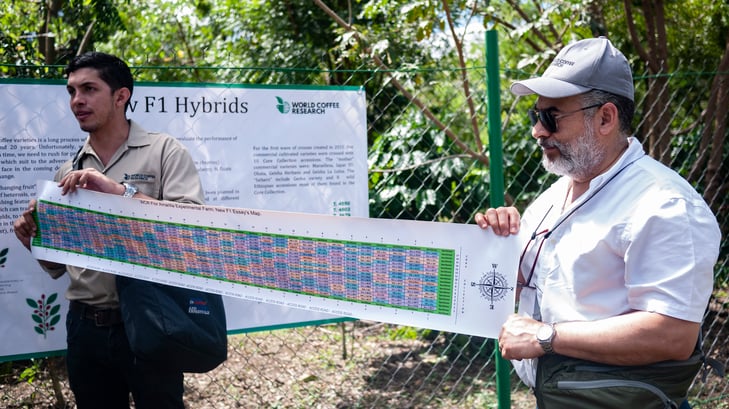
Photo credit: World Coffee Research
In our previous post, we took a look at World Coffee Research’s groundbreaking research into F1 hybrids—research that, over the next few years, will hopefully play a crucial role in shaping the future of the coffee industry by helping producers become more resilient to the effects of climate change.
Read on for a breakdown of what makes F1 hybrids special, why we’re so excited about them, and Yimara’s impressions tasting these new varieties for the very first time.
What are F1 Hybrids?
For a more in-depth overview, check out this F1 Hybrids explainer, but essentially, F1 hybrids are a type of variety made by crossing two genetically distant parent plants and using the first generation offspring (hence “F1”). Most widely used coffee varieties, such as Caturra, are “fixed” varieties, meaning that the offspring will be consistent over many generations. An F1 hybrid will only have the unique high performance in the first generation; if you plant the seeds of an F1 hybrid the resulting plants will not perform exactly the same as the mother did; in order to mass reproduce F1 hybrids, clones must be made from the mother plant in a sophisticated nursery lab, or the parent plants would need to be re-crossed via hand pollination (a prohibitively labor intensive method of propagating new plants).
What makes F1 hybrids so promising?
Coffee is not a genetically diverse plant—in fact, it has among the lowest genetic diversity out of any major crop in the world. Recent studies have shown that there is a high likelihood that all coffea arabica plants grown today originated from a single plant that evolved 10,000-20,000 years ago. In other words, coffee is wading in the shallow end of the genepool.
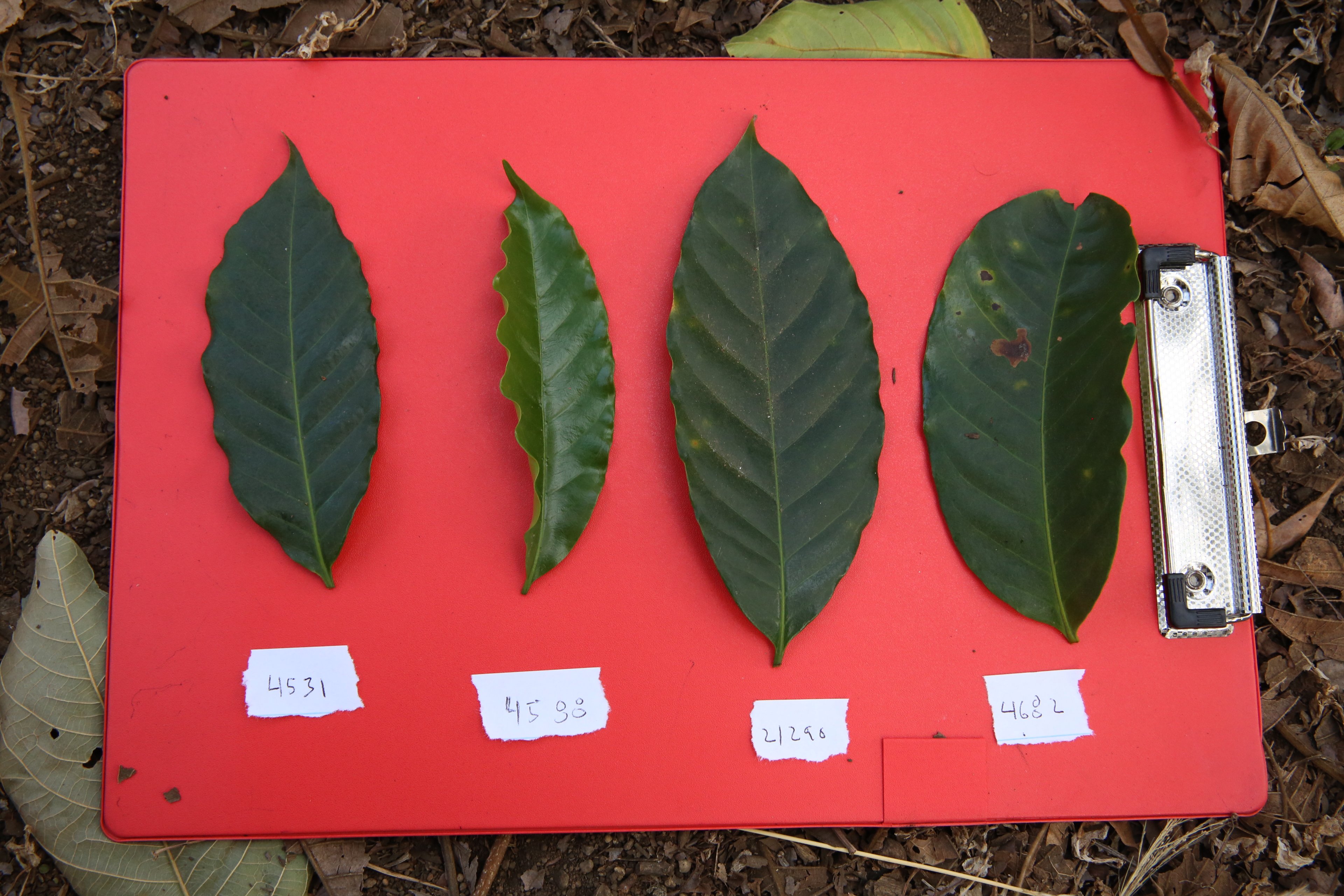 Photo credit: World Coffee Research
Photo credit: World Coffee Research
This lack of genetic diversity means that most arabica varieties today are susceptible to a wide range of stressors, without the genetic “flexibility” available to adapt to different—and changing—environments. This is why it’s possible for something like coffee leaf rust disease to devastate an entire country’s worth of coffee production. To make things harder, coffee takes 2-3 years just to mature, and when coupled with the fact that weather and climate patterns are becoming more and unpredictable every year, adaptability seems impossible.
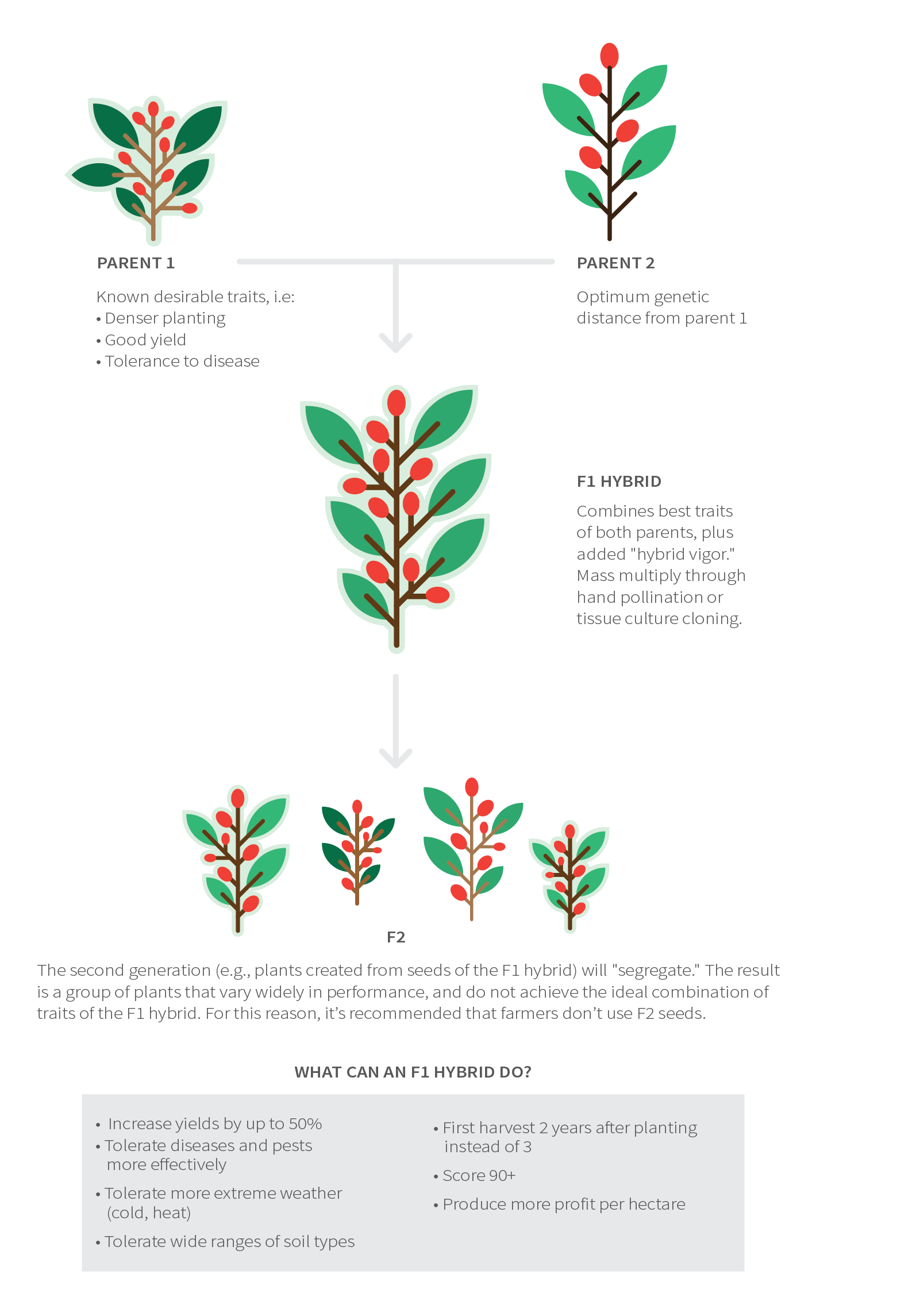
F1 hybrids present a promising solution to this problem because they exhibit a trait called heterosis, also known as “hybrid vigor.” It’s just as it sounds: by having genetically distant parents, F1 hybrids gain a genetic “power-up” and, in general, show significantly increased resilience to disease, pests, and higher adaptability across a broader range of environments. F1 hybrids also tend to have higher yields per plant; the more genetically distant the parents, the more “vigorous” the hybrid will be.
It gets even better: F1 hybrids also maintain their quality in the cup. With past improved cultivars (for example, many Catimor and Sarchimor varieties), the tradeoff for increased resistance and robustness usually meant a tradeoff for reduced cup quality. In the case of F1 hybrids, these new varieties not only combine the best traits from their parents, but have the potential to taste great, too.
So what do they taste like?
Here’s our head of Global Quality Control, Yimara Martinez, describing her impressions cupping these F1 hybrids:
“The experience was amazing just knowing that the goal of the project is to mitigate climate change, and create brand new varieties that can be adaptable to different regions with extreme conditions while having a great quality in the cup—I think this is just incredible to be a part of. It’s a great feeling being a part of a project that is so important and to have input in selecting the varieties with the most potential.
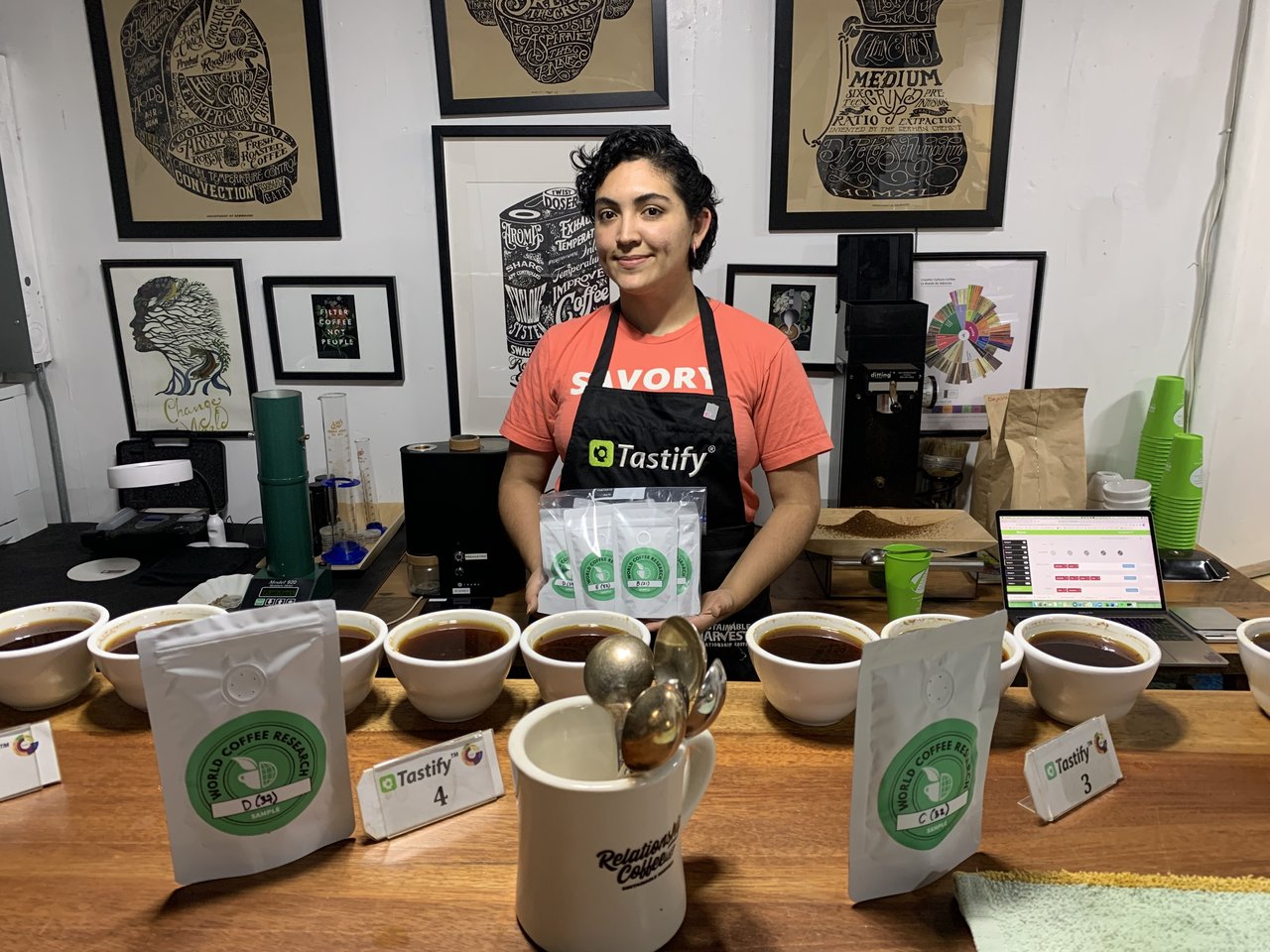 The head of our QC lab, Yimara, at her at-home lab in Portland!
The head of our QC lab, Yimara, at her at-home lab in Portland!
The flavors that I find are super, super interesting. Some might have this sense that with crosses, the quality may not be good enough or that the potential in the cup is limited. But not the case here. There were great coffees on the table. Some had really delicate, floral notes exactly like Gesha, for example. Others were very sweet and juicy with excellent flavor, and had a clean cup. If in the future we are able to have varieties that can adapt to extreme climate change but also have these profiles—I’m in!
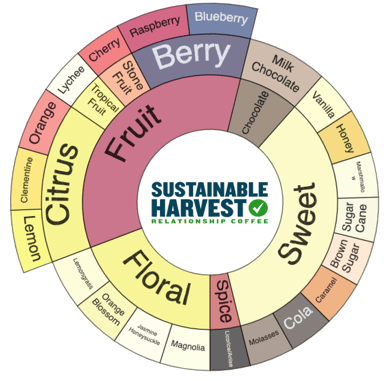 Our Tastify® cupping app was used as a diagnostic sensory tool for quality evaluations.
Our Tastify® cupping app was used as a diagnostic sensory tool for quality evaluations.
I did find that some of the coffees were drier, and kind of herbal or savory, but part of the evaluation is to find the best ones. However, I can say that I didn’t find any that were terrible. The coffees have a huge potential for good quality expressions. The range for my scores from this evaluation, and of course this may be different for other roasters, was about 82-87. I think this is a really great range and clearly shows that F1 hybrids have a huge potential for everyone, from producers to roasters to consumers.”
Drawbacks
F1 hybrids, for all their promise, aren’t a silver bullet and will not be the right choice for all farmers. There are a few important limitations to their application.
The first drawback is the fact that farmers who may be used to saving their own seed will not be able to do so with F1 hybrids. When F1 seed is planted to make a new tree, he resulting “F2” generation will not express “hybrid vigor” and will be unpredictable, exhibiting a range of characteristics, both good and bad, from the F1 hybrid parent plants. This means that producers should never save seeds from previous harvests to plant—the resulting genetic variation will give them too much risk.
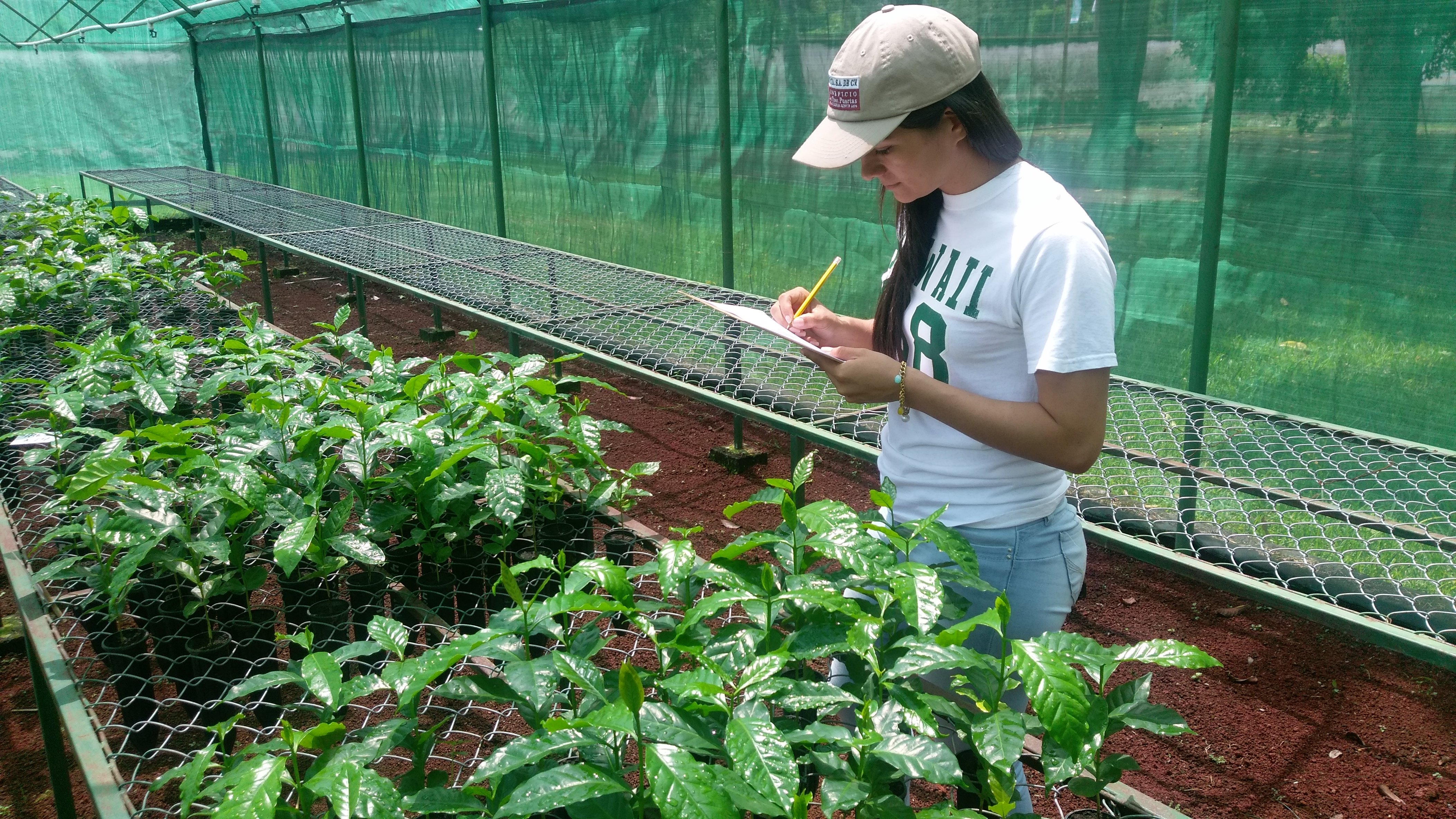 Photo credit: World Coffee Research
Photo credit: World Coffee Research
The other drawback is that F1 hybrids are more expensive to purchase and harder to access, at least for now. Currently, the only way for a producer to access F1 hybrids would be through an advanced nursery. In the future, as F1 hybrids receive more focus from the industry and mass production becomes more available (fingers crossed!), purchasing costs may decrease. For optimal performance, F1 hybrids, also require more higher levels of nutrition in order to thrive, meaning that may be more suited to higher capacity operations with more resources. This is where we’ll see the role of cooperatives come into play as a central hub for producers to access both financing and training regarding F1 hybrids.
What happens next?
This was just the first in a series of quality evaluations to come! With each round, more plants will be removed from the pool until only the highest performing hybrids remain. If all goes according to plan, WCR’s goal is to support countries to bring new F1 hybrids to the market by as early as 2024.
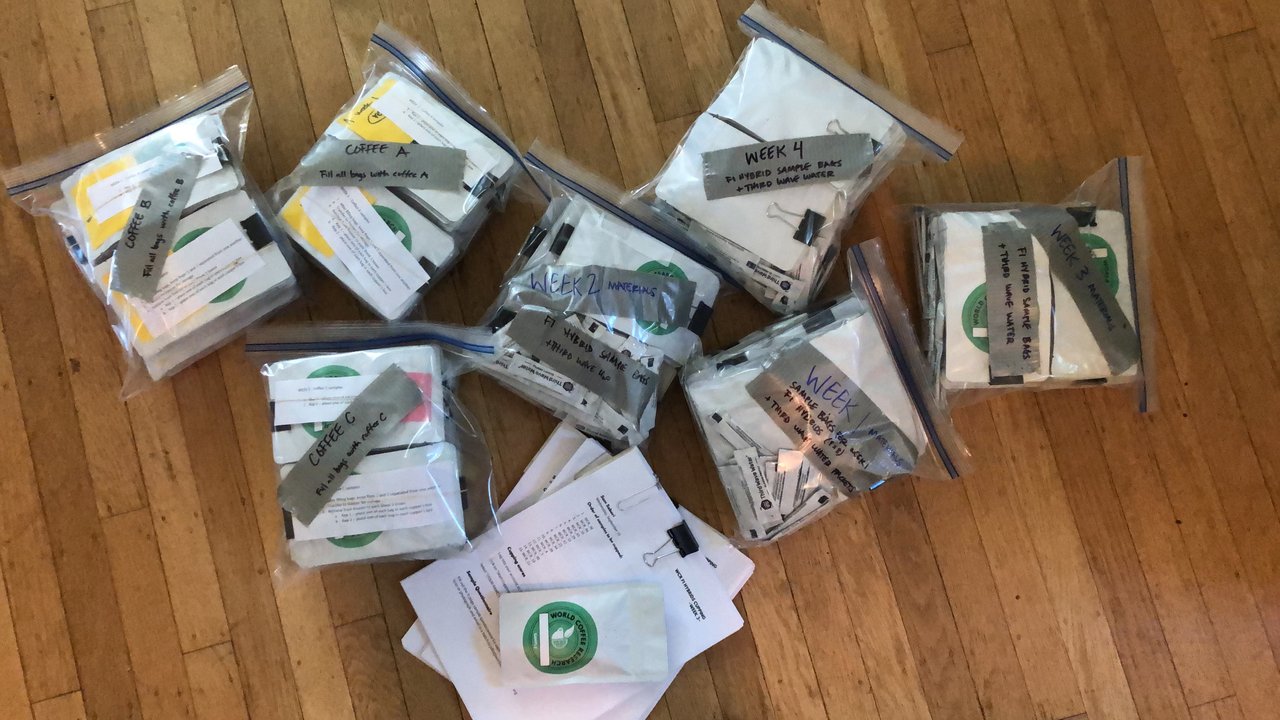 Photo credit: World Coffee Research
Photo credit: World Coffee Research
As a supporting partner to World Coffee Research, we couldn’t be more excited and honored to help advance such important and innovative work—work that truly gives us a sense of new hope for the future.
If you’re just as excited as we are about this and want to support WCR, click here to learn more about becoming a member. And for any of our customers who weren’t aware: Sustainable Harvest is a participating importer in WCR’s Checkoff Program, which makes contributing to WCR that much easier. You can learn more about that program here, or reach out to your Relationship Coffee Manager if you're interested in participating!



.png)
